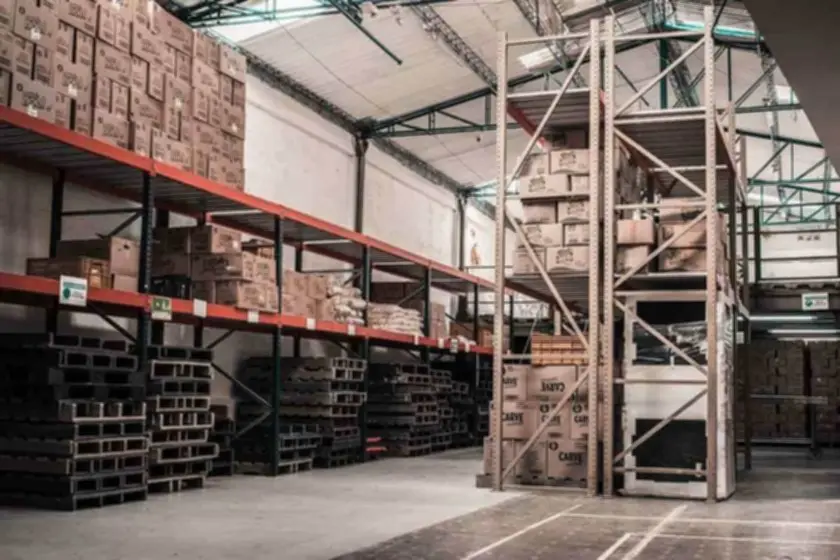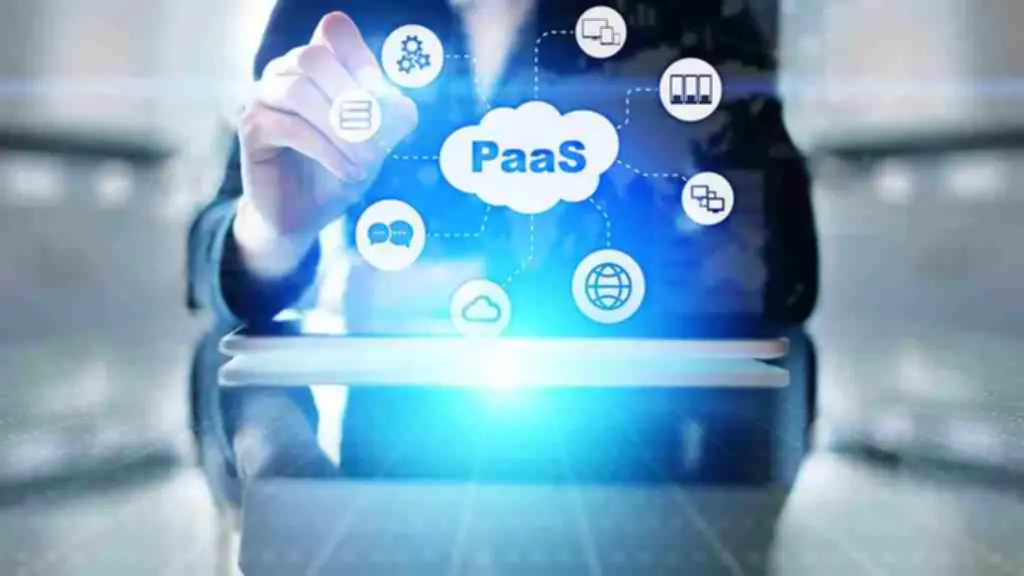For these causes, it’s unlikely that fog computing will completely replace cloud computing. This implies that info has to travel all the method in which from one consumer’s gadget up to a centralized server and back down again in order to be processed by different users. At the identical fog vs cloud computing time, Fog computing systems typically have much lower latency because of their decentralized nature.
Difference Between Fog Computing And Cloud Computing:
A cloud-based software then analyzes the information that has been acquired from the assorted nodes with the aim of offering actionable insight. The license fee and the on-premise maintenance for cloud computing are lower than that of fog computing. The companies have to buy edge devices, routers, gateways, and so forth. which is an additional expense. As the variety of IoT devices continues to increase – a predicted 75 billion by 2025 to be precise – so do the data requirements. Cisco estimates that IoT will generate greater than 500 zettabytes per yr in information by the tip of 2019.
Web Connectivity Requirement

On one hand, cloud computing is extremely dependent on having a strong and reliable core community. Without a high-quality community, data can become corrupted or misplaced, which might have serious penalties for users. In contrast, fog computing takes a decentralized strategy, counting on methods at the edge of the community, such as individual gadgets or sensors, to retailer and course of information. When it comes to fog computing vs cloud computing, there are a selection of key variations that set these two technologies apart. Perhaps probably the most important distinction is latency or the amount of time required for information to travel between devices. In cloud computing techniques, latency is usually excessive as a end result of centralized nature of the platform.
Flexibility In Network Bandwidth
In edge computing, intelligence and energy may be in both the endpoint or a gateway. Proponents of fog computing over edge computing say it’s more scalable and provides a better big-picture view of the network as multiple data points feed information into it. A core multi-tenant information heart offers a part of a greater distributed structure. The first layer consists of your enterprise core where issues like your mental property, high-density computing, and machine learning can reside. From there, you presumably can proceed to add layers similar to cloud computing providers, distributed multi-site colocation, and 5G aggregation as part of your edge supply platform. In phrases of fog computing vs cloud computing, there are a variety of essential variations to consider.
Significance Of Cloud Computing For Large Scale Iot Options
One ought to note that fog networking just isn’t a separate architecture and it doesn’t exchange cloud computing however quite complements it, getting as close to the source of information as potential. The integration of the Internet of Things with the cloud is a cost-effective method to do enterprise. When administration gets easier, businesses regularly choose a centralized technique for their technological infrastructure.

Fog also can embrace cloudlets – small-scale and rather powerful knowledge facilities positioned at the community’s edge. They are meant to help resource-intensive IoT apps that require low latency. Fog can even embody cloudlets — small-scale and somewhat highly effective knowledge facilities positioned on the fringe of the network. Their function is to support resource-intensive IoT apps that require low latency. The location of the intelligence and computing capacity is the first distinction between fog and edge computing, based on the OpenFog Collaboration, which Cisco based. Data is shipped from endpoints to a fog gateway in a purely foggy setting, where it’s sent to sources for processing before being sent back to the fog gateway and intelligence is on the native area community (LAN).

Here, we’ll discover the key advantages of each applied sciences so as to differentiate cloud computing from fog computing and make an knowledgeable determination for your business. There is plenty of debate within the tech world in regards to the relative merits of cloud computing and fog computing. Both methods have their pros and cons, however one key factor that sets them apart is responsiveness. In terms of speed and effectivity, cloud computing has a transparent edge over Fog computing. In this utility, edge knowledge facilities, like their bigger cousins, will provide the underlying platform to agnostically support fog community operations be they from Cisco, EMC, VMware or Intel. On the opposite hand, edge, and fog computing frameworks are best suited if your corporation offers purposes that require fast responses for correct decision-making in real-time.
Fog computing has several distinctive traits that make it a gorgeous choice for organizations looking to course of data in real time. However, fog computing is a more viable possibility when it comes to managing a high diploma of safety patches and lowering bandwidth issues. It offers entry to the entry level of the different service suppliers to compute, retailer, communicate, and course of data over the networking area.
The data is processed on the end of the nodes on the sensible gadgets to segregate information from completely different sources at every user’s gateways or routers. This implies that cloud computing tends to be extra weak to issues with quality and consistency than fog computing since failures at one location have an result on the complete system. Ultimately, whereas each fashions have their advantages and drawbacks, it’s clear that cloud computing just isn’t a great option for all purposes and industries.
Yet any gadget with storage, processing energy, and network access could likewise function as a fog node. These nodes are positioned in varied strategic places when there is a big and spread community to provide local analysis and access to essential info. This helps to ensure that knowledge processing and evaluation can proceed even when some units or servers fail. They rely on a community of sensors and devices located all through a metropolis to gather data and make decisions about how to optimize metropolis companies and infrastructure. The fog layer provides extra security measures to edge units, similar to encryption and authentication.
F fog computing works similarly to cloud computing to satisfy the rising demand for IoT solutions. All three computing frameworks—cloud, fog, and edge supply distinctive benefits to companies relying on their requirements. Cloud computing can be great should you present functions that don’t require real-time responses. For occasion, in functions like IoT (Internet of Things), fog computing permits stakeholders to carry out real-time information evaluation on the system degree. Ginny Nichols, a product line supervisor for Cisco, first used the phrase « fog computing » in 2014.
At the same time, specialized platforms (e.g., Azure IoT Suite, IBM Watson, AWS, and Google Cloud IoT) give builders the power to construct IoT apps with out main investments in hardware and software program. Cloud computing supplies much more superior and better processing technological capabilities than fog and edge frameworks. It permits you to save extra knowledge than the opposite two with limited processing energy.
- They rely on business applications such as level of sale, stock management, video security, and new IoT transformative purposes and want flexible, reliable, secure, scalable, and resilient in-store infrastructure.
- But when you really feel that these advances have left you behind together with your basic data, then you must Learn Cloud Computing from Scratch and get your expertise in line with the changing panorama of computing.
- Additionally, given its decentralized nature, fog computing is healthier suited to supporting highly dynamic environments or these with low bandwidth connectivity requirements.
- If real-time response and privateness are paramount, fog computing may be the better choice.
- Fog computing is designed to work with a broad range of units, including sensors, cameras, and other IoT gadgets.
- Their objective is to support resource-intensive IoT apps that require low latency.
This is particularly valuable in purposes corresponding to industrial automation, distant monitoring, and real-time analytics. Additionally, edge computing minimizes the need for transmitting large amounts of information over the network, conserving bandwidth and optimizing resource utilization. With these advantages, it’s no surprise that edge computing is gaining reputation in various industries. Fog computing, also recognized as edge computing, is a decentralized computing model that brings computation and data storage nearer to the edge devices. In fog computing, the processing and evaluation of knowledge occur on gadgets positioned near the info source, such as gateways or edge servers.
Transform Your Business With AI Software Development Solutions https://www.globalcloudteam.com/